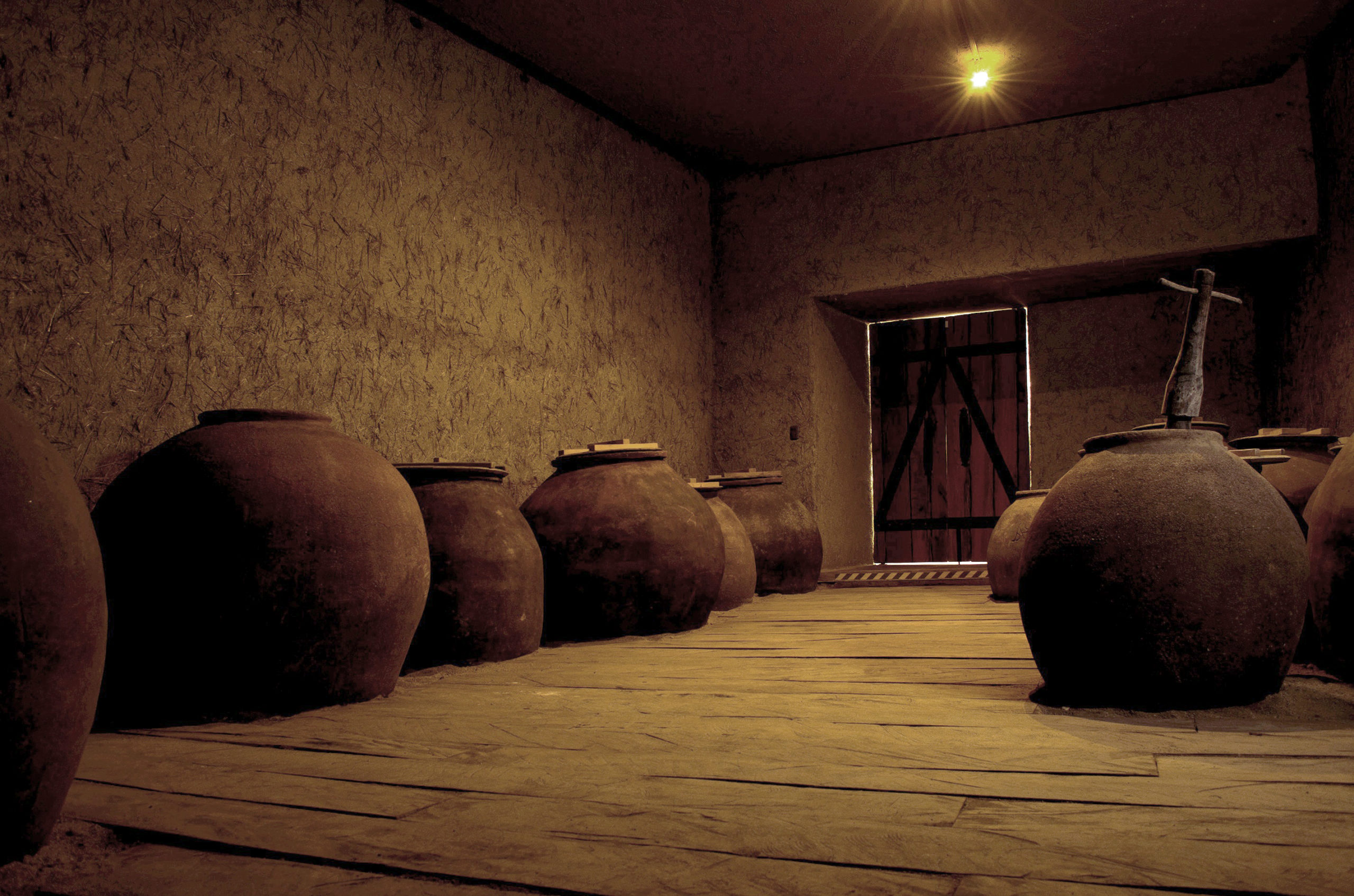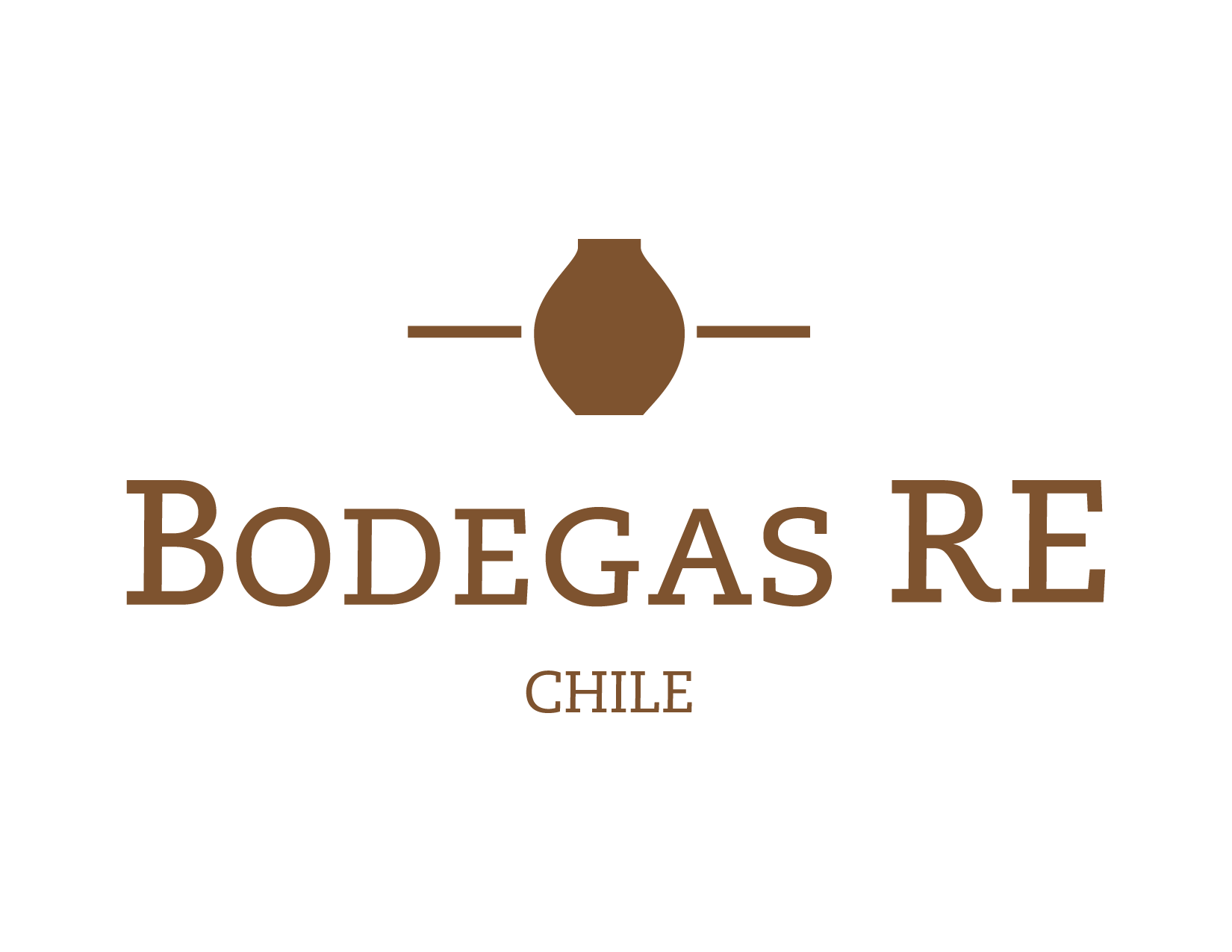Bodegas RE offers a concept of wines with a unique character, based on REcreating, REinventing and REvealing ancestral wines. From the biblical stories to the wines produced in centuries past by the family in noble and beautiful clay jars, wines of beauty are REborn.
This is a small family vineyard, created after a long winemaking career, by Pablo Morandé along with his son and daughters: Pablo, Piedad and Macarena, all professionals in viticulture and oenology, with a vision closely linked to man, his history, customs, traditions and also gastronomy.
With a history as long as recent, Bodegas RE is guided by Pablo, the ninth generation of the first Morandé who planted vineyards in Peñaflor, who produced wines and spirits in jars, and the fifth generation of the Lavín and Urrutia families, owners of extensive vineyards in Maule. This viticulture has deeply marked the thinking and dreaming of our wines.
We have kept the old family clay jars from Maule and in them we partially make our wines. Our goal is to demonstrate that excellent wines can be made with an unrivaled combination of ancestral procedures and current knowledge. In line with this vision, Bodegas RE has also designed and recreated these old jars, turning them into giant concrete amphoras with a character, quality and extraordinary beauty
unique in the world.
For the family, the discovery of Casablanca as a wine-growing region in combination with being pioneers in its wines of modernity and elegance, have allowed a combination of fundamental elements for the conception of RE wines, where history is the basis of modernity.
It is in this way that ancestral wines can be REborn, REcreated and RElived by winemakers in a constant effort to Reinvent their dreams while Revealing a beauty that can only be found in RE.
SUSTAINABILITY AT BODEGAS RE
The architecture and engineering of the winery were designed and calculated to achieve significant energy savings, particularly in the movement of musts and wines during the harvest process. The grapes are moved solely by gravity, and the few pump-overs are done by lifting a small amount of must contained in a barrel, which is then poured by gravity into the main vat. The most important energy-saving aspect of winemaking is the complete absence and avoidance of refrigeration equipment for the fermentation process. This is achieved by extending the fermentation curve and flattening the temperature generation curve, which is made possible by lowering the arrival temperature of the grapes from the vineyard from 20°C to just 8-10°C by leaving the grapes outside the building for one or two nights.
The minimum temperatures in Casablanca during the harvest months allow for this natural cooling. The spherical shape of the giant clay amphorae also enables autogenous fermentation, where the movement of the must is driven by convection generated by the carbon dioxide produced during fermentation, thus avoiding the need for pump-overs using mechanical pumps. The entire building was designed to maintain a stable interior temperature. All the perimeter walls are covered with earth, simulating hills planted with vines and olive trees (a large volume of earth), which insulates the winery to the point that the temperature of the earth remains between 15°C and 18°C. The
large underground area that houses vats, amphorae, and barrels has vents to allow air circulation, keeping the temperature between 14°C and 16°C throughout the year. Furthermore, the winery is oriented to capture maximum solar energy in winter and to trap coastal winds
in summer. The ceilings are very high, creating a large insulating air volume, and the deflectors channel the wind to all corners of the building, significantly cooling it. This is crucial for the aging of fine wines. Thus, there are no refrigeration or heating systems of any kind, making this the only winery in the world capable of producing excellent wines without the use of energy for winemaking and preservation, without high-energy-demand equipment or the use of greenhouse gases. The entire process is powered by the Earth’s energy, the Sun, the Winds, and the Night. The company has a wastewater treatment system, with a plant that processes washing water, and the process ends in accumulation tanks for irrigation water under SAG regulations. The organic matter, such as grape pomace, is separated and covered with earth, and after six months, it is mixed with soil and used in the gardens. This process is mandatory according to SAG regulations as part of Lobesia Botrana control.

